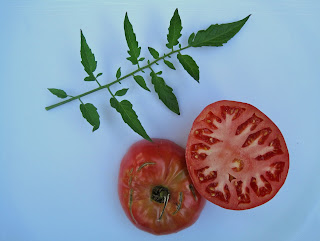This is Siling Labuyo, or Filipino bird's eye pepper. It is one of the world's hotter peppers, slightly milder than a habañero. Apparently it is becoming less common even in its native land, giving way to the larger and milder Thai peppers at markets across the Philippines, but dont take my word for it: http://www.marketmanila.com/archives/the-disappearing-siling-labuyo
Seeds were found at a farmer's market in Tacloban in the province of Leyte. They are devilishly hot but the perfect addition to a plate of sisig. Masarap, diba? The leaves themselves are used in tinola, a Filipino soup dish. The fruits are fairly late to mature but I had several hundred on my one large plant which was far more than most people will be able to find use for. They can be used when green or after they fully ripen to a bright red; both are little packets of fire. I used them in stir fries and in salsa in place of jalapeños. I also ate more than a few fresh which is strangely addicting. The burn is intense but short lived and fortunately does not seem to survive my digestive process. Your results may vary.
As far as I can tell, this is the only commercial source of true siling labuyo. There are a lot of similar peppers but it seems that the actual Filipino variety is rather hard to come by.
My siling labuyo plant as of July 6th. Lucy seems very pleased with it as well.
The mature plant in late September. I brought her indoors so the fruit would have time to fully ripen for seeds.
And a few fruit on the plant.





